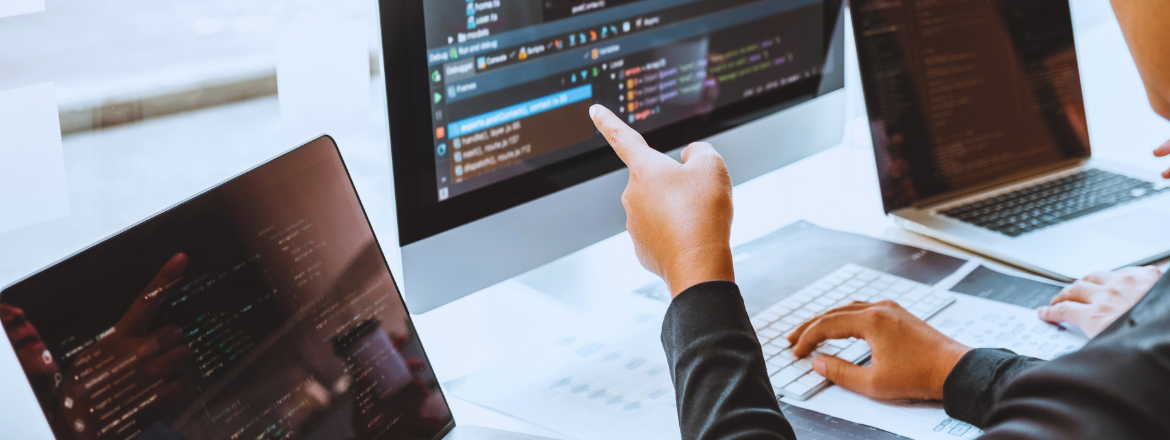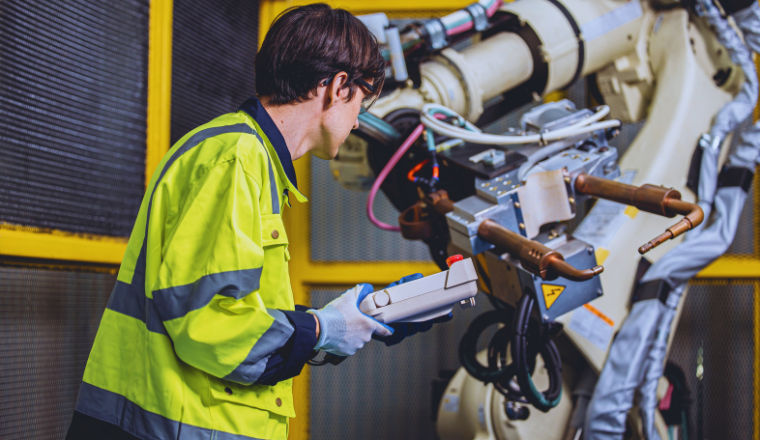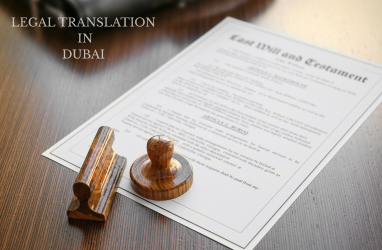Challenges and Considerations
Common Challenges in Applying Procedural Abstraction to IP Code
Despite its benefits, applying procedural abstraction to intellectual property law can pose several challenges. One common challenge is the complexity and variability of IP laws and regulations across different jurisdictions. The interpretation and application of procedural rules may vary significantly from one country to another, leading to inconsistencies and uncertainties for rights holders and applicants. Additionally, the rapid pace of technological advancements and the evolving nature of IP rights present ongoing challenges in adapting procedural frameworks to address emerging issues and trends.
Impact of Technological Advancements on Procedural Abstraction in IP Law
Technological advancements, particularly in areas such as artificial intelligence, blockchain, and biotechnology, are reshaping the landscape of intellectual property law and challenging traditional procedural frameworks. For example, the rise of digital technologies and online platforms has raised questions about the applicability of existing IP laws to digital content, data values, and virtual assets. Similarly, the proliferation of blockchain technology has introduced new challenges and opportunities for IP protection, such as the authentication and enforcement of digital rights.
Case Studies or Examples Illustrating Procedural Abstraction in IP Litigation
Examining real-world case studies or examples can provide valuable insights into the application of procedural abstraction in intellectual property litigation. For instance, landmark court cases involving patent disputes, trademark infringement, copyright infringement, or trade secret misappropriation can highlight the role of procedural rules and mechanisms in resolving IP conflicts. By analyzing how procedural abstraction is used to streamline legal processes, protect rights holders, and promote fair and efficient resolution of disputes, stakeholders can gain a better understanding of the complexities and nuances of IP law in practice.
Best Practices for IP Protection
Strategies for Effectively Leveraging Procedural Abstraction
Implementing effective strategies for leveraging procedural abstraction can enhance IP protection efforts and streamline legal processes. One key strategy is to develop standardized procedures and workflows for managing intellectual property assets, including filing, prosecution, maintenance, and enforcement activities. By establishing clear guidelines and protocols, organizations can ensure consistency, efficiency, and compliance with legal requirements throughout the IP lifecycle.
Importance of Staying Updated on Procedural Developments in IP Law
Intellectual property laws and procedural rules are constantly evolving in response to technological advancements, legislative changes, and judicial interpretations. To stay ahead of the curve, it is essential for stakeholders to stay updated on the latest developments and trends in IP law. This includes monitoring changes in legislation, court decisions, and regulatory guidance, as well as participating in industry forums, conferences, and professional networks. By staying informed and proactive, organizations can anticipate potential challenges, capitalize on emerging opportunities, and adapt their IP strategies accordingly.
Collaboration Between Legal and Technical Teams
Collaboration between legal and technical teams is essential for effective IP protection. Legal professionals play a crucial role in navigating the complexities of IP law, interpreting written procedural rules, and representing the interests of rights holders in legal proceedings. Meanwhile, technical experts, such as engineers, scientists, and inventors, provide valuable insights into the technical aspects of intellectual property, including patentable inventions, trademark designs, and copyrighted works. By fostering collaboration and communication between legal and technical teams, organizations can develop holistic IP strategies that align with business objectives, mitigate risks, and maximize the value of their intellectual property portfolios and related assets.
Future Trends and Implications
Emerging Trends in Procedural Abstraction
As technology continues to advance and reshape the intellectual property landscape, several emerging trends are shaping the future of procedural abstraction. One such trend is the increasing use of automation and artificial intelligence (AI) in IP law, including the automation of patent searches, trademark examinations, and copyright registrations. AI-powered tools and algorithms have the potential to streamline procedural processes, reduce administrative burdens, and improve decision-making accuracy in IP proceedings.
Potential Implications of Procedural Abstraction for Innovation and Creativity
Procedural abstraction has the potential to impact innovation and creativity by influencing the accessibility, affordability, and effectiveness of intellectual property protection. By simplifying procedural processes and reducing administrative barriers, procedural abstraction can encourage greater participation in the innovation ecosystem, particularly among startups, small businesses, and individual inventors. However, it is essential to strike a balance between promoting access to intellectual property rights and safeguarding against abuse or misuse of the system to ensure fair and equitable outcomes for all stakeholders.
How Advancements in Technology and Globalization May Shape the Future of IP Protection
Advancements in technology, coupled with increasing globalization, are reshaping the landscape of intellectual property protection and enforcement. The rise of digital technologies, e-commerce platforms, and online marketplaces has led to new challenges and opportunities for IP rights holders, such as combating online counterfeiting, piracy, and infringement. Additionally, the growing interconnectedness of global markets and supply chains has underscored the importance of international cooperation and harmonization of IP laws to address cross-border IP issues effectively. As such, the future of IP protection will likely be shaped by ongoing technological innovations, regulatory developments, and international collaborations aimed at fostering innovation, promoting creativity, and protecting intellectual property rights in the digital age.
Conclusion
As the digital economy continues to evolve and the pace of innovation accelerates, it is more important than ever for businesses and individuals to prioritize intellectual property protection strategies. By leveraging procedural abstraction, staying updated on procedural developments, and fostering collaboration between legal and technical teams, organizations can effectively navigate the challenges and opportunities presented by the evolving IP landscape.
In conclusion, procedural abstraction offers a powerful framework for managing intellectual property rights and addressing the complex legal issues surrounding innovation and creativity. By embracing procedural abstraction and adopting best practices for IP protection, businesses and individuals can position themselves for success in an increasingly competitive and dynamic marketplace.





